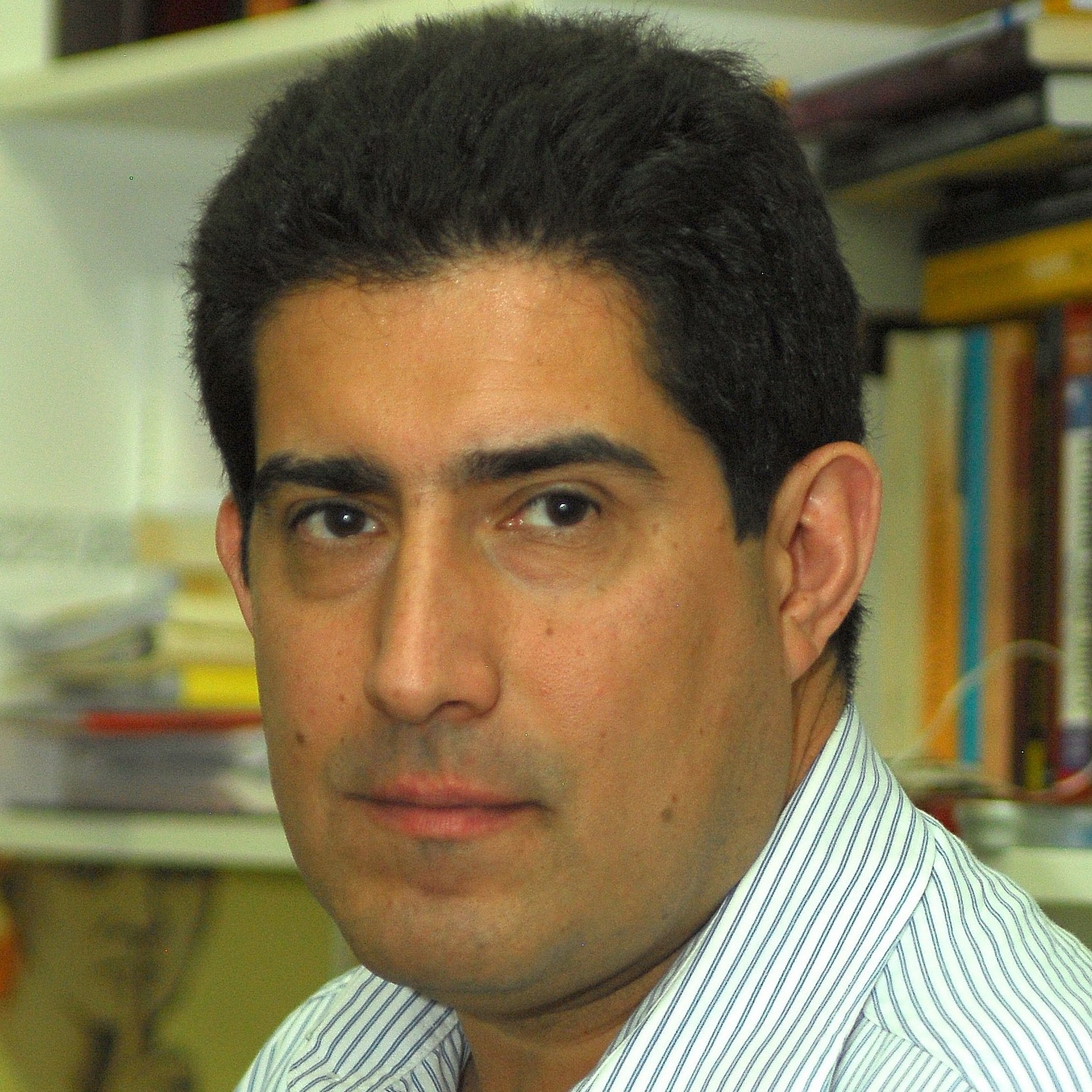When Buenos Aires Archbishop Jorge Bergoglio was elected the first Latin American pope, he was expected to take the helm of a Roman Catholic Church severely weakened by sex abuse scandals and by a growing secularity, and strengthen its influence in the region.
Indeed, since March 2013, Pope Francis has prioritized Latin America. His first trip abroad, in July 2013, was to Rio de Janeiro. Although he has not yet returned to his native Argentina, he has visited nine Latin American countries, making six stops in the region during his 22 trips abroad.
Though there is a widespread perception that the pope has made progress with the faithful, there is also growing criticism of his wavering response to cases of sex and child abuse committed by members of the clergy. This was evident during his visit to Chile and Peru from Jan. 15 to 21, when he was greeted with far less enthusiasm than his predecessors – particularly in Chile.
This is, in part, because Chile itself has changed. It is a more developed and secular country. Unlike during Pope John Paul II’s visit in 1987, there is no oppressive dictatorship violating human rights, which made the pastoral visit by the leader of the Catholic Church far less salient in the national public debate.
More than that, in recent years, Chile – and to a lesser extent and more recently Peru – has been shocked by revelations of sexual and child abuse committed by Catholic priests. Much of the papal visit was framed by the church’s limited official reaction to the scandal, and by the presence in all papal events of an active bishop who is accused of helping cover up the most notorious sex abuse cases.
The presence of the bishop of the city of Osorno, Juan Barros, 61, on the front lines of events and masses during the visit overshadowed the image of Francis for many Catholics, and marred his outreach and his message of repentance and reconciliation. Barros has been accused by victims of Fernando Karadima, a priest convicted by the Vatican in 2011 of sexually abusing boys, of knowing about the crimes and covering them up. Barros denies any wrongdoing, and remains the bishop of Osorno. Victims’ advocates demand his removal. Because Francis has not asked Barros to resign, many advocates allege that the Pope is not fully committed to combating what they call a culture of protecting abusers that still exists in the church.
Despite the two formal apologies issued by the Pope for the sex abuse scandals – he apologized in his first statement in Chile, then again a day later in a public meeting with members of the clergy – this impression was reinforced when, in an impromptu declaration, Francis asked for proof of the controversial bishop’s involvement in the sex abuse case. Though the pope later apologized to the victims for his words, among many Chileans the dominant perception is that the church has not fully realized the magnitude of the crisis and how its image has suffered. For too many Chileans, Francis’ apologies came too late, were not enough, and worse, they were undermined by his candid remarks and his inclusion of Barros.
It is true that Chileans were not keen on Francis’ visit even before Barros took center stage in the public activities. In two of the three public masses held in Chile, attendance was far lower than expected. Even the biggest mass held in Santiago in the pope’s second day in Chile, attendance was below the one registered when John Paul II came in 1987.
To be fair, comparing Francis’ visit to that of John Paul II in 1987, when the country was still under the rule of Augusto Pinochet, is unfair. Today Chile is a buoyant democracy, and among the most developed countries in Latin America. Poverty in 1987 was over 40 percent; today, it is less than 5 percent. Chileans then were in great need of a pastor who could give them hope. Today, Chilean society is far more secular, with fewer economic needs. Despite high levels of inequality, Chileans are hopeful about the future.
The country has become increasingly secular. Among those who are religious, the Catholic Church has lost ground to protestants and evangelicals. According to Centro de Estudios Públicos polls, while in 1987 close to 80 percent of Chileans reported to be Catholic – though many were non-practicing – only 60 percent of Chileans say that today. Protestants and evangelicals account for 20 percent of the population, 2 percent declare allegiance to other religions and 18 percent declare to be non-believers, agnostic or atheist.
It should come as no surprise that a papal visit today will generate far less enthusiasm than a papal visit in 1987. However, the Catholic Church’s response to the allegations of sexual abuse and its organization of the visit – along with the unscripted comments by Pope Francis himself – will be remembered largely as a valuable missed opportunity to reach out to many Chileans who no longer see the Catholic Church as a part of their lives.
—
Navia is a contributing columnist for Americas Quarterly, professor of liberal studies at NYU and professor of political science at Diego Portales University in Chile.








